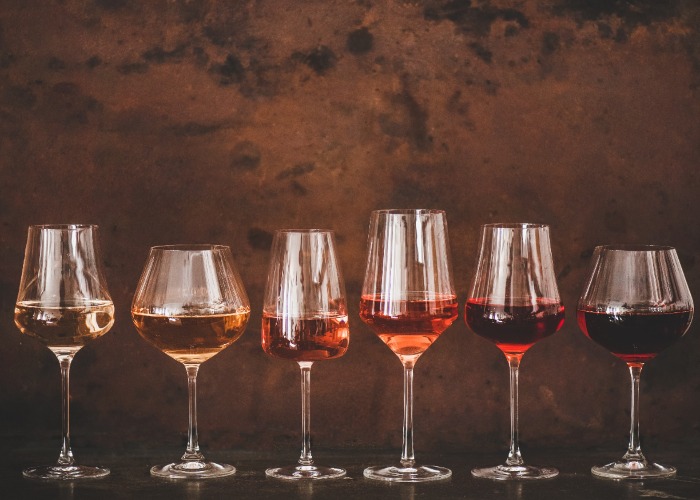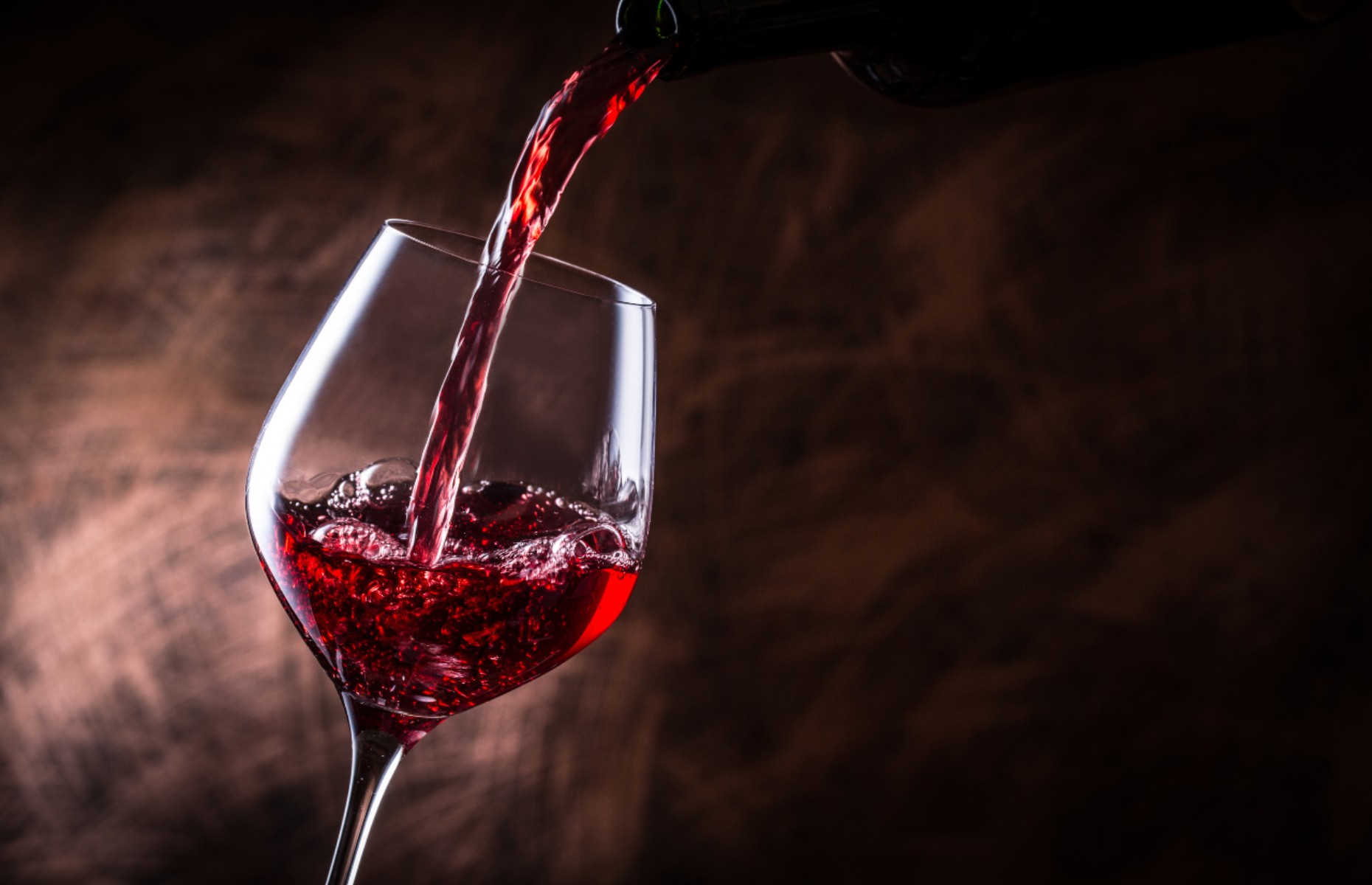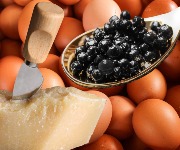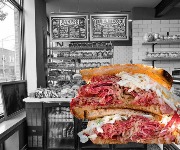How to taste wine

Gain a greater understanding of which wines best suit you with our easy guide to tasting and assessing a glass of the good stuff
Have you ever wondered what all that sniffing, swilling and spitting is about when experts taste wine? It’s not just for show, there’s a science behind the method winemakers, sommeliers and merchants use to assess a bottle of vino.
You don’t need to be a professional to use these techniques however. Wine & Spirit Education Trust educator Jane Clare, of One Foot In The Grapes, says: “We all love drinking wine - but ‘tasting’ wine and then ‘appreciating’ wine takes the enjoyment to a whole different level.
“It doesn't have to be geeky, but taking a moment to reflect on how you feel about the sip you've taken can open up a new world. You'll feel more confident experimenting with new grape varieties or styles that you wouldn't normally try.
“When you've done this a few times you'll recognise the things you like – and don't like. Then next time you're out buying wine you could step outside of your comfort zone and the world of wine will open up to you.”
 Jazz331/Shutterstock
Jazz331/Shutterstock
READ MORE: The best prosecco alternatives
Before you start
Ideally, find a clean and clear glass that has a wide bowl that narrows towards the top, to help concentrate the aromas. Have a white surface nearby, whether a worktop or a piece of paper on the table, so you can see the wine clearly.
Make sure your palate has no lingering flavours like coffee or toothpaste and you have a glass of water to hand. Avoid distracting smells too, like a vase of lilies, aftershave or a scented candle.
 NDAB Creativity/Shutterstock
NDAB Creativity/Shutterstock
READ MORE: Discover England's world-beating wines
The three elements of tasting
Enjoying wine isn’t just about the taste on your tongue. Your senses of sight and smell are also part of the experience. Wine professionals follow a three-step approach, rating it by appearance, nose and palate – so look, smell and taste.
Appearance is the easiest element to assess, as it’s simply whether the colour of the wine is white, red or rose, and the variations within that. Hold it up to the light or look at it with a white surface behind. Is it golden or pale? Is it more ruby than purple?
Next, check the nose. Give the glass a gentle swirl, hold it to your nose and breathe in. What aromas can you detect? What fruit scents are there? Is there a hint of oak or other woody fragrances? What about other smells like tobacco, vanilla and black pepper? All answers are valid.
Consider whether aroma has a low, medium or high intensity too. If you are struggling to detect much, don’t panic – move onto the next stage as this can help pinpoint what you can smell.
Now comes the best bit – assessing the palate. This is the most complex stage, so you might need a few glugs to give each part consideration. Technique-wise, you should take a sip but draw air over your tongue at the same time so you are almost slurping. This helps to release the flavours. Then give it a swill around your mouth to activate every tastebud, before swallowing or spitting into a spittoon or empty mug.
During this process you are considering five structural characteristics – sweetness, acidity, tannin, alcohol, body – and also the flavour.
Unless you are drinking a dessert or fortified wine, most wines will be a medium, medium-dry or dry level of sweetness. You’ll be able to tell by how sweet (or not) it feels on the tip of your tongue although this is one of the hardest characteristics to spot.
Next is acidity. This is the refreshing characteristic of wine that comes from the grape juice. The telltale sign is how much it makes your mouth water – the more acid, the more saliva you will produce. If you’re not sure, tip your head forward and see how your mouth responds.
Tannin has the opposite effect to acid – it has a bitter quality and makes your mouth feel dry. You might recognise the sensation from drinking tea. Tannin is an element found in grape skins which means you’ll only detect it in red or rose wines, which include these in the production process. Don’t confuse high tannin with dry wines – this term is used for sweetness level, not tannin.
Alcohol can be assessed by looking at the APV (alcohol per volume) on the bottle but you should be able to taste the strength at the back of your throat. Most wines are between 11-13% APV and are classed as medium alcohol. Anything above and below are high and low.
The final structural characteristic is body, which combines a number of factors and is essentially how it feels in your mouth. Full-bodied wines are viscous, rich and heavy, while light-bodied ones are delicate and thinner. Some fall in the middle of the two.
Looking again at the colour can help – full-bodied whites will be on the golden end of the spectrum and full-bodied reds will be a more intense shade. Another trick is to check out the ‘legs’ - the little tears that slide down the inside of the glass after you swirl it. Lighter-bodied wines have legs that disappear more quickly.
Last but not least, you need to work out what flavours you can taste. Like the nose, this will be a combination of fruit, oak and other things. Certain grapes have particular flavour characteristics you can learn to aid your detective work, like red fruits or citrus, but these can also depend on where they were grown and the climate. For example, Chardonnay made in a cooler French vineyard will be more likely to taste of green apples and lemon, while those from warmer regions will be rich in stone fruits and tropical fruits.
Oak comes when a wine is matured in a wooden barrel and could taste like cedar, cloves, coconut or vanilla. Not all wines will have oak however – sauvignon blanc tends to be aged in steel. There can also be a host of other flavours in the mix and this is where things get fun and you can be imaginative. Can you detect grass, flowers, vegetables or herbs? Is there an earthy or mushroomy quality? Perhaps you can taste leather, tobacco or black pepper?
 VGstock Studio/Shutterstock
VGstock Studio/Shutterstock
READ MORE: Our guide to demistifying wine
Do you have good taste?
Ultimately, tasting wine is about having fun so don’t worry if you can’t detect every element correctly or if what you pick up is different to what it says on the bottle. There are no exact answers. Keep practicing, take notes and enjoy considering your Friday night glass of wine a bit more closely than usual.
Jane says: “I don't know if the colour blue I see is the same colour blue that everyone else sees, so how can we possibly understand each other’s palates? Wine styles and grape varieties all have certain flavour characteristics. That doesn't mean everyone can sense all of them – and does it matter? No. The main thing is to enjoy wine. There are no rights or wrongs – just explore and discover.”
Most Recent
Comments
Be the first to comment
Do you want to comment on this article? You need to be signed in for this feature








